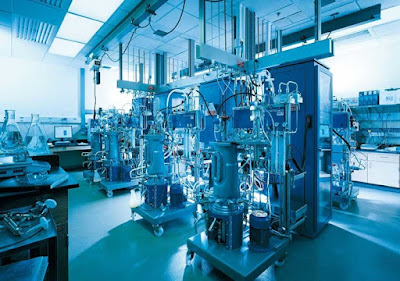Bioengineering has grown over the years together with the advancement of technology. In fact, it is solving more and more real-world problems. But what exactly is it?
Image source: aiche.org
The differences between bioengineering and traditional engineering lie in the concepts used. For example, traditional engineering uses physics and math to evaluate, analyze, design, and create useful inanimate tools and physical structures, while bioengineering looks into the ever-increasing information taken from molecular biology to analyze and develop more complex and useful applications of bio-organisms. Bioengineering also has the creation of biotechnology as its goal. There is a possibility of future machines that can find and repair damages in the human body, and help cure illnesses that modern medicine could not.
Image source: bioengineering-inc.com
Industrial bioengineering revolves around the growing or creation of new organs and tissues to replace those in a patient’s body that are too damaged to function. This would eliminate the wait for donors. Today’s industrial bioengineering applications are also creating modified organisms such as plants for farming and agriculture.
Bioengineering has other branches. An example would be biomimetics, which is the study of how various living organisms are built and how they function. The goal of this is to apply the information to traditional engineering.
There has been a bit of confusion between the terms bioengineering and biomedical engineering. The primary difference worth noting is that biomedical engineering is geared toward creation and development of medical innovations. Bioengineering uses engineering in biology, but not just for medical purposes.
Dr. Curtis Cripe is a neuroengineer with a background that includes bioengineering, among other disciplines. He is the head of the research and development department of the NTLgroup®. Learn more about what he does by following this Facebook page.


No comments:
Post a Comment